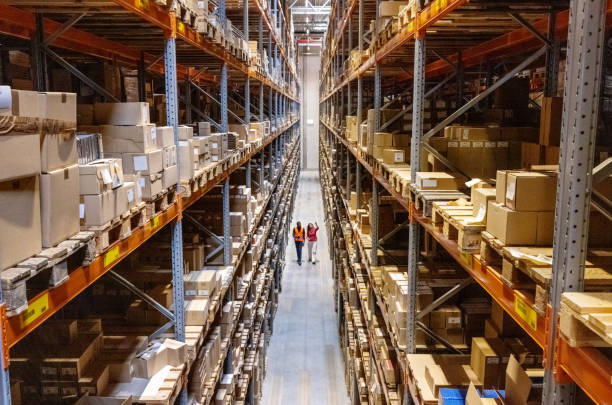Streamlining returns and exchanges for cross-border customers
Cross-border returns and exchanges add complexity to ecommerce operations, affecting fulfillment, shipping, payments, and customer satisfaction. This article outlines practical process changes and systems thinking to reduce friction for international buyers while protecting margins and inventory accuracy.

Cross-border returns and exchanges present unique challenges for merchants and customers alike. International regulations, variable shipping costs, customs declarations, and differing consumer protections can make the process slow and confusing. Preparing clear policies, improving UX around returns, and tying returns into fulfillment and inventory systems help reduce friction and preserve conversions. This article examines operational changes and technology choices — from localized checkout messaging and payments handling to analytics-driven decision making — that streamline returns and exchanges for international shoppers.
ecommerce and localization
A strong international returns strategy starts with localization within the ecommerce experience. Present return windows, restocking fees (if any), and country-specific restrictions in the shopper’s language and currency to prevent misunderstandings. Localized FAQ pages and automated return labels adapted to the customer’s country lower support volume and speed up processing. Policies that are simple and displayed at product-level merchandising and during checkout reduce surprise returns and improve perceived fairness without making speculative claims about outcomes.
checkout and payments
At checkout, clearly indicate how payments and refunds will be handled for cross-border orders. Explain whether refunds will be issued in the original currency or converted to the customer’s local currency, and note the typical timeframe for refunds to appear on payment methods. Integrate payments systems that support multiple currencies and merchant-of-record flows to reduce reconciliation complexity. Transparent information at the point of purchase reduces disputes and chargeback risk when returns are later initiated.
shipping, fulfillment, and inventory
Returns and exchanges touch fulfillment and inventory directly. Define return routing rules: whether items should be returned to the original fulfillment center, a regional returns hub, or disposed of locally. Using regional hubs can cut transit times and reduce customs paperwork for exchanges, but requires careful inventory updates to prevent overselling. Ensure returned items trigger automated inventory checks and quality inspection workflows so merchandise can be restocked quickly or flagged for refurbishment, minimizing the impact on available inventory and fulfillment lead times.
mobile, ux, and conversions
Mobile-first UX is critical: many international shoppers use mobile devices to browse and initiate returns. Create a streamlined mobile returns flow that asks for minimal required information, offers barcode or QR code return labels where supported, and provides clear status updates. Reducing friction in the mobile returns flow preserves brand reputation and can support future conversions; satisfied customers who experience smooth exchanges are more likely to repurchase than those who face opaque or lengthy processes.
personalization, merchandising, and reviews
Leverage personalization and reviews to reduce return rates before they occur. Show size guides, localized fit recommendations, and user-generated reviews relevant to a shopper’s region to set accurate expectations. On product pages, include clear merchandising that highlights fabric care, dimensions, and any country-specific compliance notes. Personalized post-purchase communications can offer exchanges or alternative sizing before the customer initiates a return, which can lower return volumes and support more favorable conversion metrics.
analytics and returns
Use analytics to identify patterns in returns by SKU, geography, and channel. Analyze returns reasons and correlate them with checkout behavior, shipping choices, and payment methods to discover systemic issues. Tracking return-to-origin rates, turnaround times for refunds, and the percentage of returned items restocked versus written off helps prioritize investments in packaging, sizing tools, or localized fulfillment. Regular reporting enables informed trade-offs between offering free international returns and protecting margins through selective return policies.
Conclusion
Reducing friction in cross-border returns and exchanges requires coordination across localization, checkout experience, shipping and fulfillment, and analytics. Clear, localized policy communication at the point of purchase, mobile-friendly returns flows, and data-driven insights into why items are returned help merchants protect inventory and improve customer satisfaction. By aligning merchandising, payments handling, and fulfillment routing, businesses can create repeatable processes that make international returns more predictable and less costly over time.





